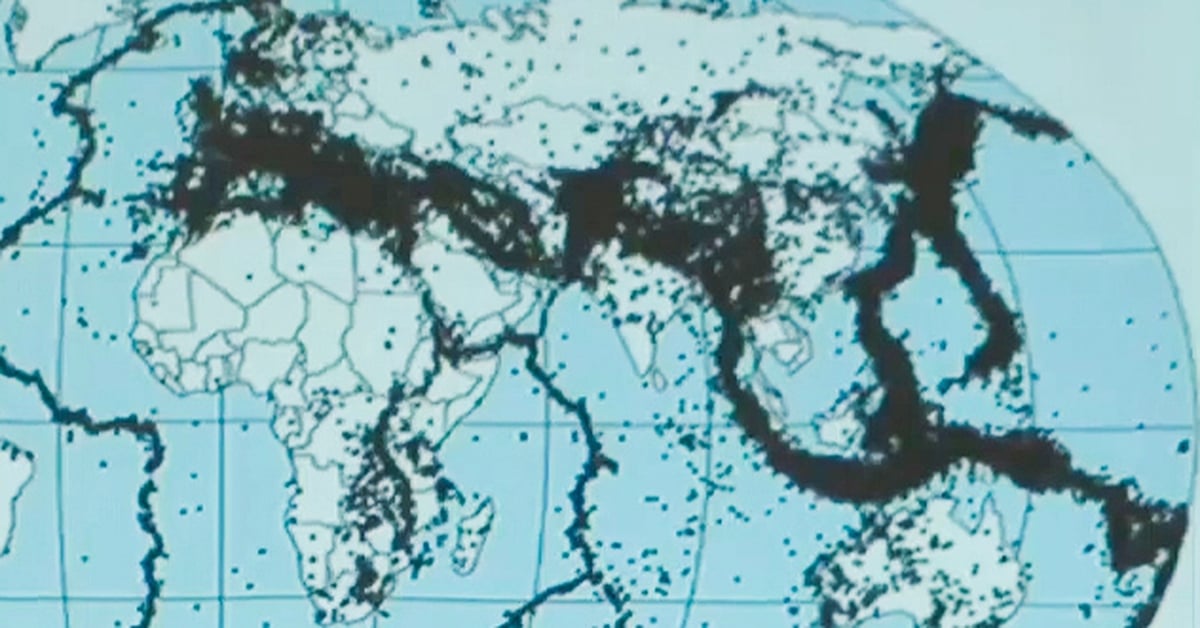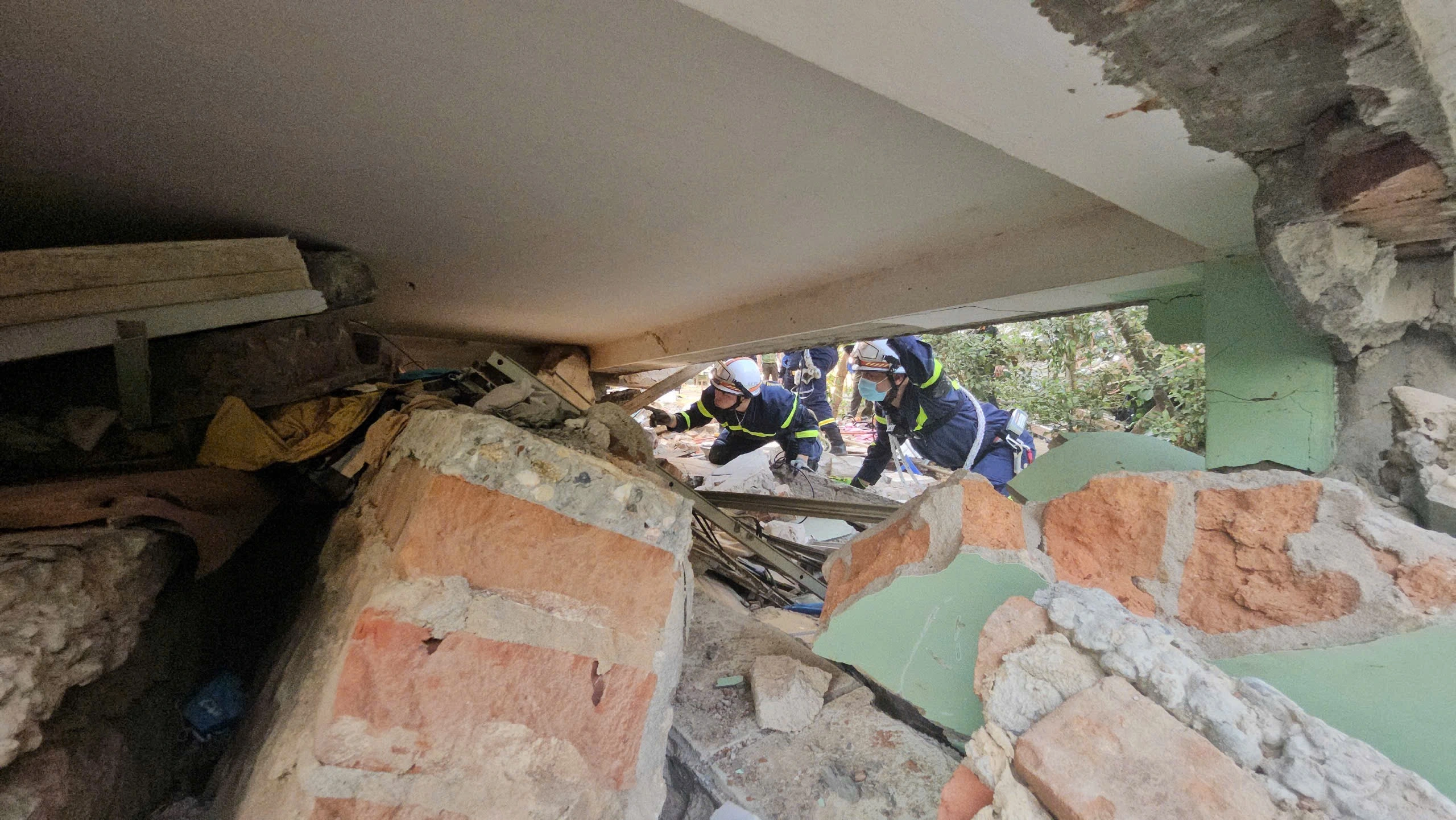 |
| Mysterious 'Spider Egg Nest' on Mars: The rock, dubbed "St. Pauls Bay," has a thin layer of red sand on its surface and stands out against the surrounding landscape. (Source: NASA) |
The discovery was recorded on March 11 at the Witch Hazel hillside, located on the edge of Jezero crater, opening up the possibility of finding traces of microbial fossils on the "Red Planet".
The rock, dubbed “St. Pauls Bay,” is covered with a thin layer of red sand and stands out from its surroundings. It is made up of hundreds of small, round grains about 1 mm in diameter, stuck together. Some of the grains are broken, lightly weathered, and have tiny holes on their surfaces.
Scientists believe that the rock is not in the original location where it was formed, making it difficult to decipher the origin of this unique structure. There are many theories about how the rock was formed: it may have been created when a meteorite hit the surface of Mars, vaporizing the rock and then condensing it into the small grains seen in the image. If this is the case, the rock may have traveled a long way from where it was formed.
Another possibility is that the rock rolled down from Witch Hazel Hill, perhaps from one of the dark layers of rock that scientists have observed from orbit. Further study of Witch Hazel Hill could help determine the composition of these layers. If they have the same composition as the St. Pauls Bay rock, this could indicate traces of past volcanic activity, traces of an ancient meteorite impact, or even the presence of ancient groundwater.
Discoveries like these are important for understanding the geological history of Mars. In particular, if the Witch Hazel Hills area once had underground water, the rock samples collected by Perseverance could contain fossils of microorganisms. NASA plans to retrieve these rock samples and return them to Earth for further study during a planned mission in the 2030s.
Source: https://baoquocte.vn/nasa-automatic-vehicle-discovered-hang-tram-trung-nhen-tren-sao-hoa-309354.html



![[Photo] President Luong Cuong meets with King Philippe of Belgium](https://vstatic.vietnam.vn/vietnam/resource/IMAGE/2025/4/1/1ce6351a31734a1a833f595a89648faf)
![[Photo] National Assembly Chairman Tran Thanh Man meets with King Philippe of Belgium](https://vstatic.vietnam.vn/vietnam/resource/IMAGE/2025/4/1/c6fb3ef1d4504726a738406fb7e6273f)
![[Photo] President Luong Cuong and the King of Belgium witness the Vietnam-Belgium document exchange ceremony](https://vstatic.vietnam.vn/vietnam/resource/IMAGE/2025/4/1/df43237b0d2d4f1997892fe485bd05a2)
![[Photo] Official welcoming ceremony for the King and Queen of the Kingdom of Belgium](https://vstatic.vietnam.vn/vietnam/resource/IMAGE/2025/4/1/9e1e23e54fad482aa7680fa5d11a1480)
![[Photo] Queen of the Kingdom of Belgium and the wife of President Luong Cuong visit Uncle Ho's Stilt House](https://vstatic.vietnam.vn/vietnam/resource/IMAGE/2025/4/1/9752eee556e54ac481c172c1130520cd)


















































































Comment (0)